Architect: Thomas Jefferson & Charles-Louis Clérisseau
Dates: 1785
Address: 1000 Bank Street Richmond Va
Virginia’s State Capitol building sits atop Shockoe (Capitol) Hill and faces out past the skyscrapers of downtown to the river. Architects Charles-Louis Clérisseau and Thomas Jefferson followed the principles of Italian baroque architect Andrea Palladio on selecting the building’s site; Jefferson was said to have one of the only copies of Palladio’s Four Books of Architecture in the United States. For the form of the building itself they looked back much further than the Italian Baroque. The Capitol was modeled on the Maison Carrée, a roman temple in Nimes, France.
Jefferson admired the temple greatly and had Clérisseau, a notable French architect and painter, draft elevations of the building. Aside from practical matters of adding windows, Jefferson made few changes to the exterior in his transformation of the building into the state capitol; engaged columns became pilasters, the corinthian order became ionic, and the portico shortened.
Jefferson and Clérisseau’s building may appear as a poorly conceived copy of the original temple but the foresight to copy the structure is what makes it historically significant. The Virginia State Capitol is the world first neoclassic temple. It is also arguably the first legislative building to recall a past architectural style to convey its form of government, a republic.
Two other important features were in the original design but have since been altered. The building initially had no front facing stair case and the pediment was punctuated by a central arched window and two flanking half arch windows. A stair case has been added and the pediment simplified, improvements on the original design. The building’s interior features a domed rotunda containing Jean-Antoine Houdon’s full figure portrait of George Washington.
After a major structural failure in 1870 which resulted in the deaths of over sixty people, the capitol faced demolition. Fortunately, the building was spared and renovation began. Two wings were added on either side of the Capitol in 1904 to provide space for the Senate and House of Representatives.
In 2004 an addition that exists largely under the hill of the capitol and emerges to meet Bank Street was added. It houses a visitor’s center and museum for the capitol. The State Capitol has recently been added to the United States list of potential UNESCO World Heritage sites. Rather than being an independent site it would be added to the listing comprising the Architecture of Thomas Jefferson.
D.OK.


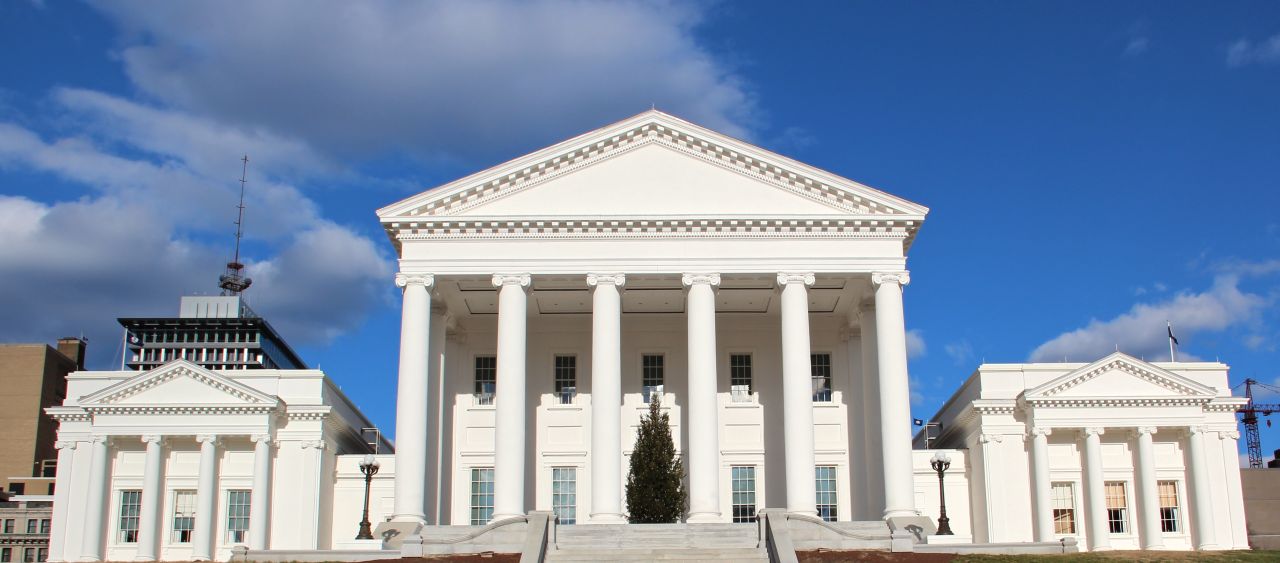



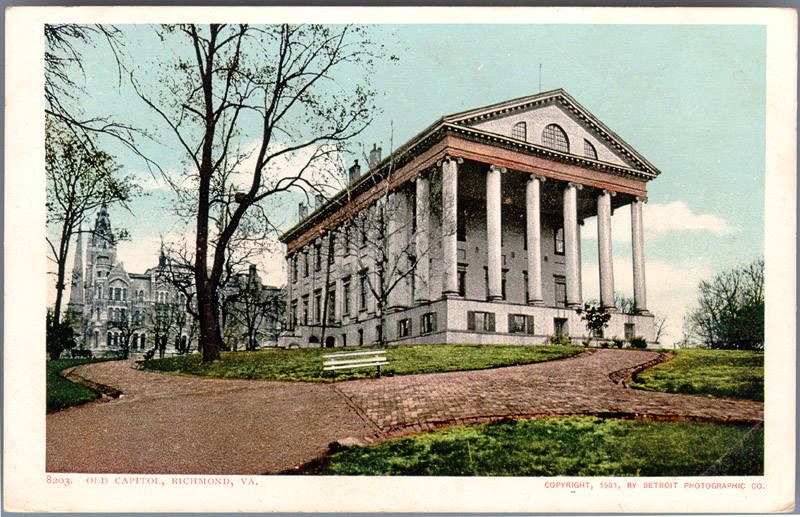
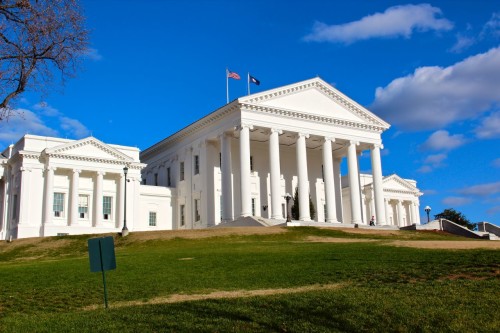
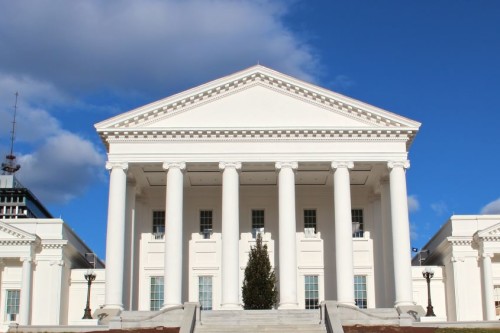


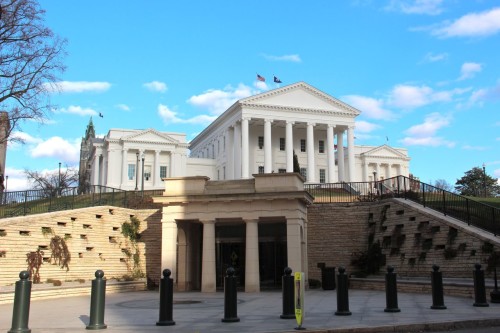
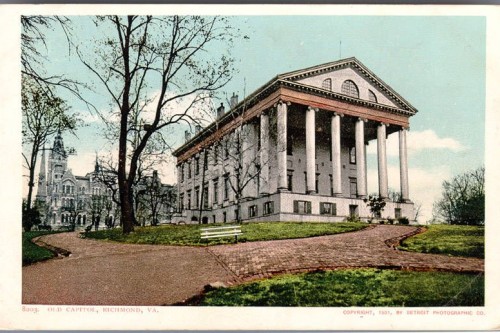
4 Comments
[…] “Old Richmond Today.” The day trip started with a tour of the Executive Mansion and Capitol Hill, followed by a tour of the Wickham Valentine House and a luncheon in the Valentine Museum Gardens. […]
[…] fue la declaración de independencia de Jefferson de la arquitectura británica y como una de las primeras edificaciones gubernamentales neoclásicas, su influencia se manifiesta en otros edificios de arquitectura neoclásica que le siguieron como […]
[…] #9 VIRGINIA STATE CAPITOL,More info:architecturerichmond […]
love your comment
Write a Comment
Posted
Share
Tags
downtown • government • inventory • NeoclassicalMap